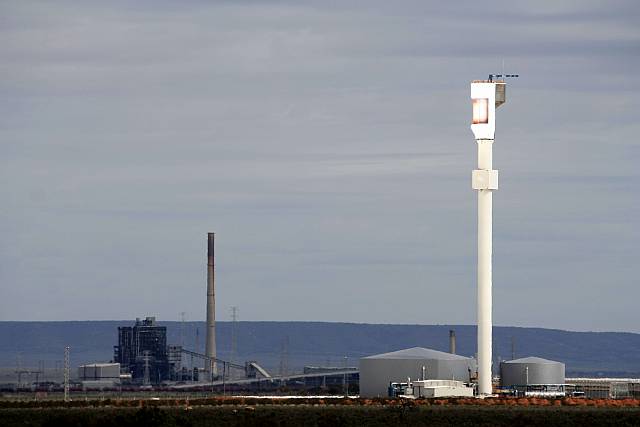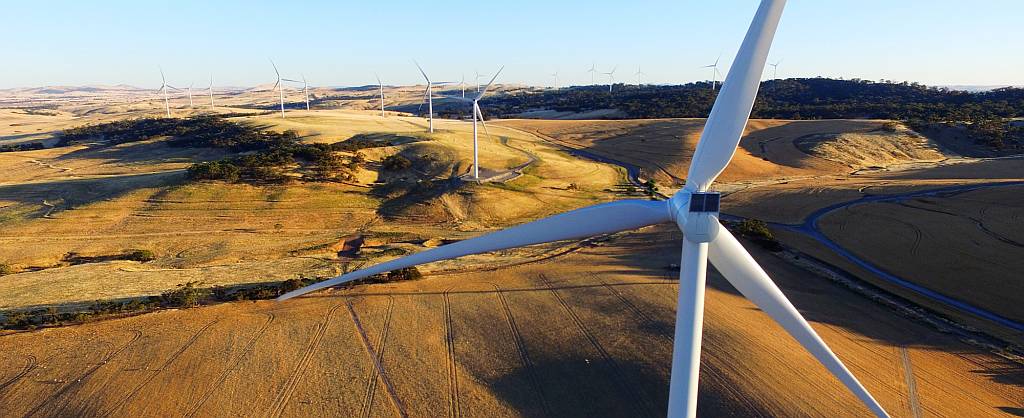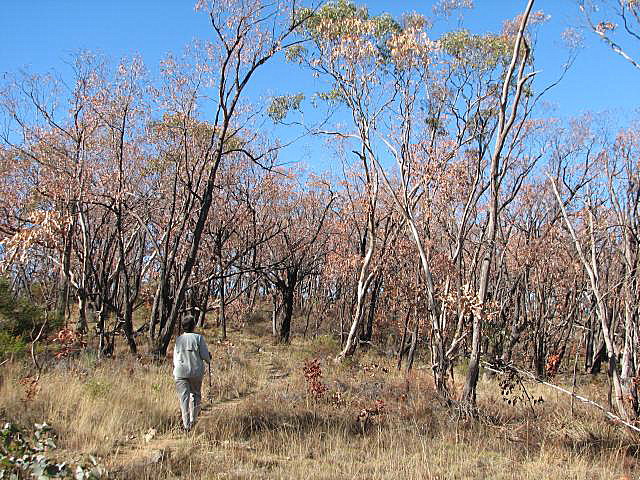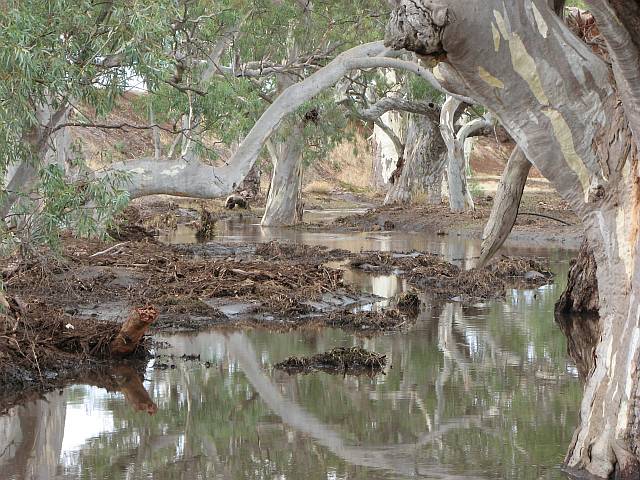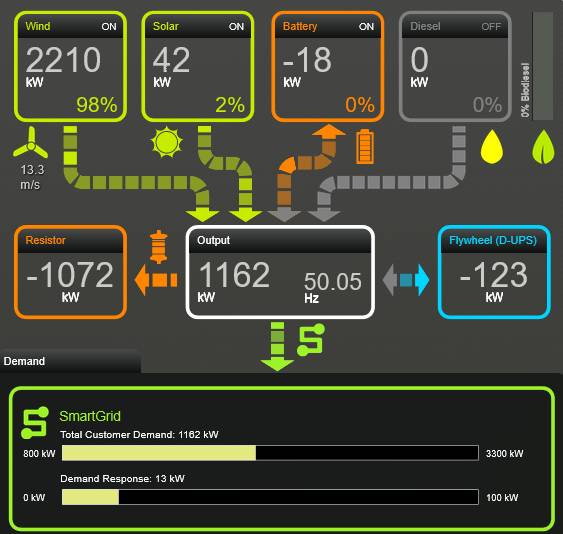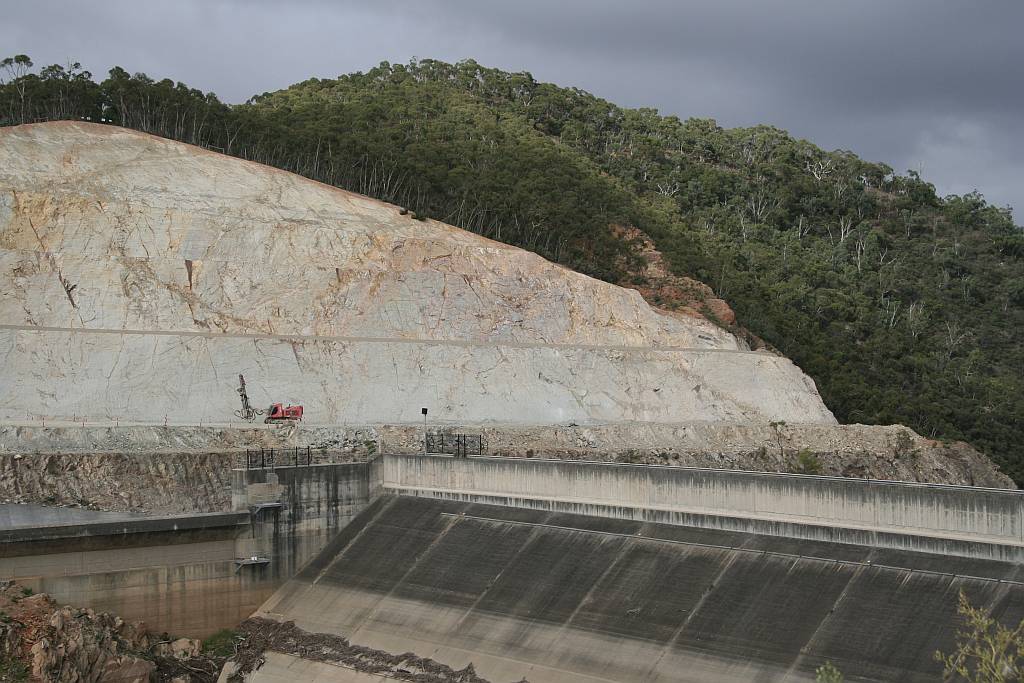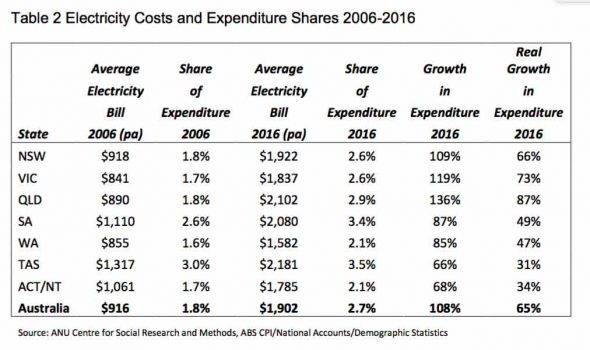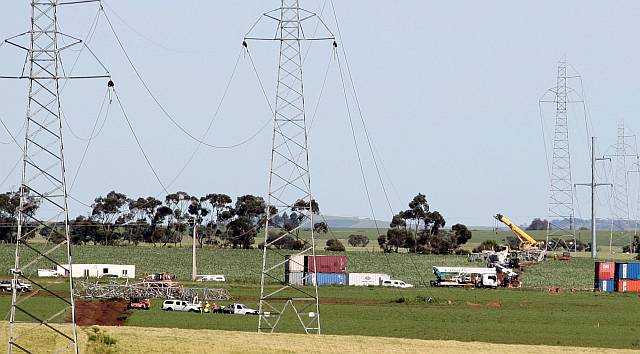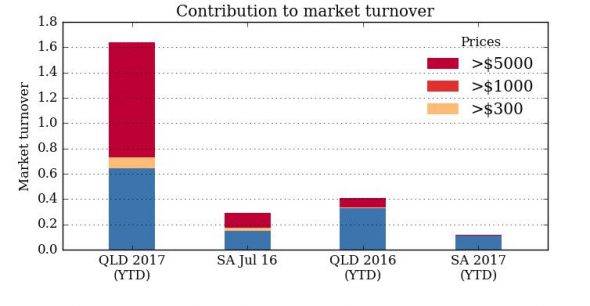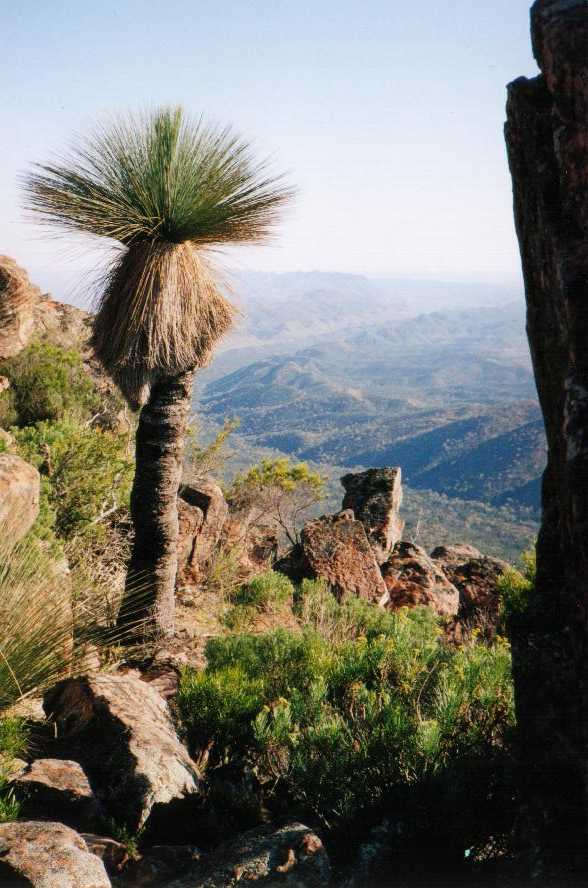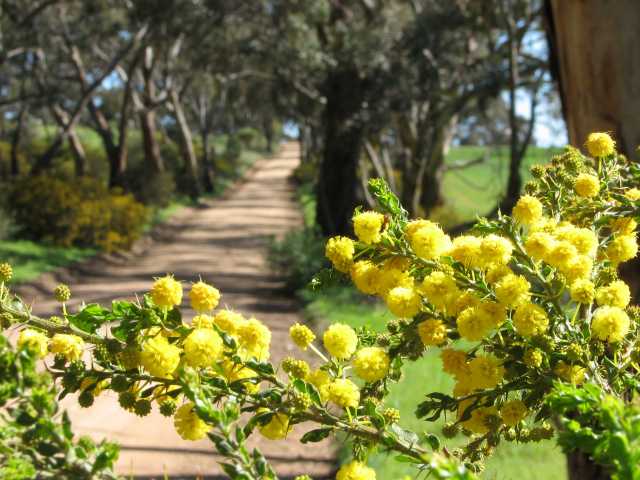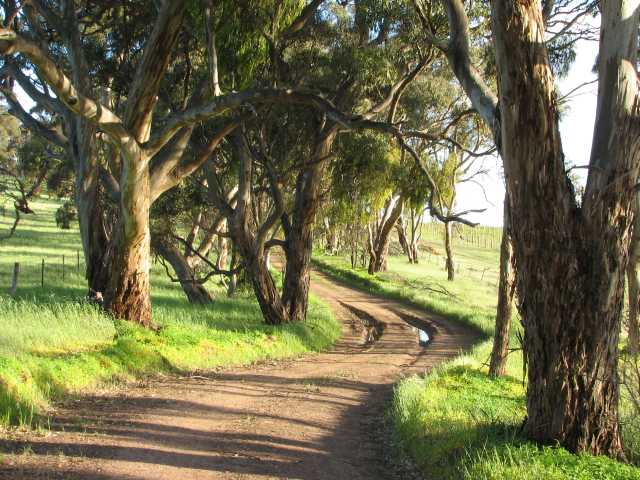| ||||
| ||||
| ||||
|
Below I've provided arguments that:
- The burning of fossil fuels, especially coal, is a huge environmental disaster, being one of the main causes of climate change and ocean acidification; its air pollution kills millions of people each year;
- It is very possible, and economically viable, to reduce the amount of fossil fuels that we are burning at a much greater rate than is currently being achieved.
I hold that these arguments are very convincing. If they are accepted, as they should be, it follows that:
- To support the burning of fossil fuels and oppose the introduction of renewable energy is unjustifiable and unethical;
- To not only support fossil fuels, but also to use lies and misleading information in that support is even worse, and should rightly be called a crime;
- For a person in a position of power and authority to dishonestly support fossil fuels and disparage renewables has to be about the limit in unethical behaviour – a crime against, not only humanity, but all living things on Earth.
The burning of fossil fuels is a huge environmental disaster
Climate change
No well informed, open minded, person can doubt that the burning of fossil fuels is one of the main causes of climate change.Climate change is not just going to harm the planet at some time in the distant future, it is harming the planet at the present. The Australian Bureau of Meteorology State of the Climate Report, 2016 lists effects that are happening here and now (they are also listed under Related pages: effects of climate change, below).
Three of the photos that I have used on this page were taken within a very few kilometres of my home and show ill-effects that, while they cannot definitely be attributed to climate change, are quite probably connected, and relate to types of harm that can certainly be expected to happen more often in the future. (Defoliation of red stringybark, Bangor fire erosion, Exceptional storms)
Ocean acidification
Less well known than climate change, but equally supported by undeniable evidence, is the fact that the increased levels of carbon dioxide in the atmosphere, due largely to the burning of fossil fuels, is causing our oceans to become more acidic.Air pollution
The burning of coal in particular, but also petroleum, produces air pollution that kills millions of people each year.More intense/violent weather events, increased fire hazard
Climate scientists have long warned that with global warming:- heat waves will become more frequent and more severe (heat waves are the most lethal type of weather phenomenon);
- storms will become more severe, as will the
- severity and frequency of floods;
- fire-danger seasons will be longer and
- days of catastrophic fire danger will become more common.
|
|
Rising sea levels
Rising sea levels will displace millions of people from low-lying fertile and very densely populated areas such as the deltas of the Nile, Ganges, Brahmaputra, Red and Mekong rivers. Low-lying areas in the First World will not be immune; for example New York and a large part of Florida are very susceptible to flooding from sea level rise.Extinctions
Climate change, ocean acidification and air pollution affect most of life on Earth. The rate of species extinction has been estimated to be as high as a thousand times as high as has been typical during the history of the planet. We are living in a period of mass extinction comparable to only a half dozen or so in the history of life on Earth.The damage is very long-term
The air pollution will end when the burning of fossil fuels ends, but the climate and ocean acidification will take decades or even centuries to stabilise.Combined ill-effects
Some of the ill-effects from the burning of fossil fuels combine to make even more damage. I will list only a few of these:- Higher temperatures, increased frequencies of violent thunder storms and
longer fire danger seasons combine to cause more frequent, hotter and much
more destructive bushfires.
- More frequent and hotter fires combined with more intense storm rains
will greatly increase the amount of erosion damage.
Vegetation of all kinds from soil
biocrusts to lichens to ground-covers to
shrubs and trees protect the soil from erosion.
The bare soil left by a fire, especially a particularly hot fire – as
will be increasingly common due to climate change – will be highly susceptible to the heavy rains that are also becoming more common due to
climate change.
For example, the Bangor fire in South Australia burned through largely inaccessible country for a month, 2014/01/14 to 2014/02/14. It was finally extinguished by exceptionally heavy rains, over 80 mm fell in a little over two hours. The combination of soil bared by the fire and the heavy rain resulted in a great loss of top-soil.
This combination will be particularly damaging to Australia's thin and fragile soils.
- Warmer ocean temperatures combined with increasing acidification is particularly damaging to much sea-life, including corals.
|
|
Reducing fossil fuel consumption at a much
greater rate
than is currently being achieved is
possible and economically viable
|
|
SA's renewable energy has, by competition, made the last remaining coal-fired power station in the state economically uncompetitive. It has closed down.
King Island, between Tasmania and the Australian mainland, has a largely
renewable power supply, combining wind power, solar power, batteries and a
flywheel; see graphic on the right.
Coober Pedy was transitioning from almost 100% diesel-powered electricity
generation to around 50% renewables in a few months, February 2017.
The Australian Capital Territory (ACT) has a
100% renewable energy by 2020 target.
The ACT government has contracted to buy most of the needed electricity from
wind farms in South Australia, NSW and Victoria.
At the time of writing (February 2017) most of the needed contracts had
been agreed.
(Some information on the contracts is on my page
Wind
Power in Australia.)
The ACT has the cheapest retail power prices in the nation.
If South Australia, Coober Pedy, King Island and the ACT can do this much,
there can be no doubt that the remainder of Australia can do far more than is
being done toward replacing fossil fuels with renewables.
100% renewable energy?
The South Australian experience has shown that changing to 40% renewable energy is not difficult. The ACT experience shows that changing to 100% renewables in a small part of a power grid is quite possible, indeed easy. The King Island and Coober Pedy experiences shows that isolated micro-grids can quickly change from a high proportion of fossil fuels to a high proportion of renewable energy.Few people would say that changing an entire national grid to 100% renewables will be easy. Getting to 60% will not be difficult; getting to 80% will be considerably more difficult, getting the whole 100% will be very difficult indeed.
However, just because changing to 100% renewables is going to be hard is no reason for not taking steps along the way. It can be done by degrees.
|
|
What constitutes a crime?
|
Considering the harm done by the burning of fossil fuels and the relative
ease of replacing a substantial amount of fossil fuel
burning with renewable energy, the knowingly dishonest support of fossil
fuels and denigration of renewable energy by people in positions of power
and/or responsibility is rightly a crime because it is certainly a grave
offence against morality.
What makes one crime more serious than another?
The economic costs?, the number of people adversely impacted and the severity of that impact?, the number of human deaths?, the amount of environmental damage? On any of these criteria the crime discussed on this page has to be one of the most serious of all possible crimes.|
|
Another type of criminal
When I first wrote this page I was thinking of criminal acts by people in positions of political power; the power to make laws, to make false statements from a position of authority, or to spend tax-payers' money to control the energy generation mix in such a way as to delay action to limit climate change, ocean acidification, etcetera.There is another type of crime; where people with great personal wealth or who control great corporations use that wealth and power to either:
- corrupt politicians or
- to try to make the general public believe lies.
- donations to political parties with the expectation of favourable treatment in return;
- direct and secret payments to politicians, perhaps into Swiss bank accounts or similar;
- the promise of lucrative jobs when the politician loses his/her ministry or seat in parliament.
Another way of making the public believe lies is by continually publishing (and/or broadcasting) them and employing journalists who are willing to comply in writing articles undermining climate science and the need to reduce greenhouse emissions. Rupert Murdoch is by far the most conspicuous criminal in this class.
The wealthy coal miners
Those with wealth invested in the mines that produce the coal that, when burned, is one of the greatest drivers of climate change and a great killer though air pollution are also criminals. Australia's Clive Palmer is an example in this class. If they also indulge in misleading people about climate change, as it seems does Australia's Gina Rinehart, so much the worse. Australia is the second biggest coal exporting nation in the world.|
|
Lies told by those who support coal and oppose renewable power
Those who try to justify exporting coal to India use as justification the claim that it lifts many people out of "energy poverty". As far as it goes this may be true, but it is a lie of omission.The air pollution from the burning of coal kills 1.1 million Indians each year.
Perhaps the coal-export proponents would tell us that this is just a price that has to be paid to escape energy poverty.
This would also be false. We'd be doing the Indian people a much bigger favour if we were to help them develop non-polluting renewable wind and solar power to lift them out of energy poverty. You can't much enjoy having electric lights if you are dead.
South Australia, renewables and electricity costs
|
The table on the right shows that electricity expenditure in the period from 2006 to 2016 has increased more in the predominently coal-powered states of Victoria, NSW and Queensland than they have in SA. (Most of SA's renewable energy was built in this period.)
The Australian Capital Territory is transitioning to 100% renewable electricity by 2020 and also has some of the cheapest retail electricity prices in the nation. As can be seen in the table, the ACT's growth in electricity costs is also among the lowest in the nation.
It seems that any honest person would put down the electricity price rises to causes other than renewables.
A matter of proportion
We sometimes hear supporters of fossil fuels making statements such as:"Australia could stop producing greenhouse gasses tomorrow and it would make practically no difference to the world – we are too small to make a difference."Of course this is quite misleading, everyone on Earth could say something like:
"My village, my town, my city, my state/province, my coal mine, is too small to make a difference. It doesn't matter how much greenhouse gas emissions I am responsible for, I am too small to make a difference."An irresponsible person could say:
"I could stop throwing rubbish out of my car windows tomorrow. It would make only a tiny difference to the total amount of rubbish on the roadsides."Plainly, we all share in emitting greenhouse gasses, we all share in responsibility to reduce emissions; those who produce more than 'their share' have a higher responsibility to take effective action.
Australia ranks 53rd in the world in population, but sixth in the world in the CO2 produced by its electricity industry; it has 0.3% of the world's population, but produces 1.2% of the world's greenhouse gasses; it is well up among the worst greenhouse polluters on the planet. This gives Australians an ethical responsibility to reduce the harm we are doing to the planet.
Links to more lies
Outstanding lies told by opponents of wind powerExposing the dishonesty of those who oppose wind power
My page on the Turnbull government exposes a number of lies about fossil fuels and renewable energy.
|
|
The facts on SA's power outages and what moved me to write this page
|
What moved me to write this page?
I have been writing on the urgent need to act to reduce emissions to slow climate change for years. In addition to writing these pages I've taken part in two long walks, the first from Port Augusta to Adelaide in 2012 in support of a solar thermal power station for Port Augusta; the second from Melbourne to Canberra to carry a petition to the Australian Parliament asking for stronger action on climate change.I've tried to raise awareness of the irresponsibility of greenhouse emissions by comparing the dumping of waste gasses into the atmosphere to dumping rubbish on roadsides.
The lies told by those who oppose wind power moved me to write my pages on wind power in Australia.
The trigger that caused me to write this page was the dishonest, shameful and criminal blaming of the South Australian power outages of September and December 2016, wholesale price spikes, and the load-shedding of February 2017 on renewable energy.
South Australia's power outages
Over a period of 13 years South Australia has gone from very little renewable energy to more than 40%. Supporters of coal and opponents of renewable energy have blaimed power outages, clearly caused by unprecedented storms, on the state's renewable energy.Climate scientists have told us for years that storms will become more violent with climate change. It would be more honest to blame the power outages on climate change than on renewable energy.
The Conversation, 2016/09/29: What caused South Australia's state-wide blackout?; by Andrew King, Dylan McConnell, Hugh Saddler, Nicky Ison and Roger Dargaville.
Why did energy regulators deliberately turn out the lights in South Australia?, 2017/02/10; by Hugh Saddler.
The SA power-outage of 2017/02/09 was due to bad management, not renewables; another page on this site; relating to the Turnbull Government.
The fact is that South Australia's adoption of renewable energy has been a
huge success.
Price spikes and lies
|
Yet Queensland, with only one big solar power station and no large wind farms at all, had far more price spikes than South Australia, as shown in the graph from RenewEconomy reproduced on the right.
This again is blatant and criminal dishonesty from those supporting fossil fuels and opposing renewable energy.
Also contrary to statements by supporters of fossil fuels, problems with the electrical supply in SA around that time were due to unprecedented storms and poor decisions made by the operator of the day-to-day power supply.
Some of the settings in the way wind farms were connecting to the grid did contribute to the state-wide blackout, but this was nothing to do with the variable nature or any other fundamental property of the state's renewable energy. These settings were corrected following the blackout.
More lies are discussed above and this section gives more detail on SA's power outages.
